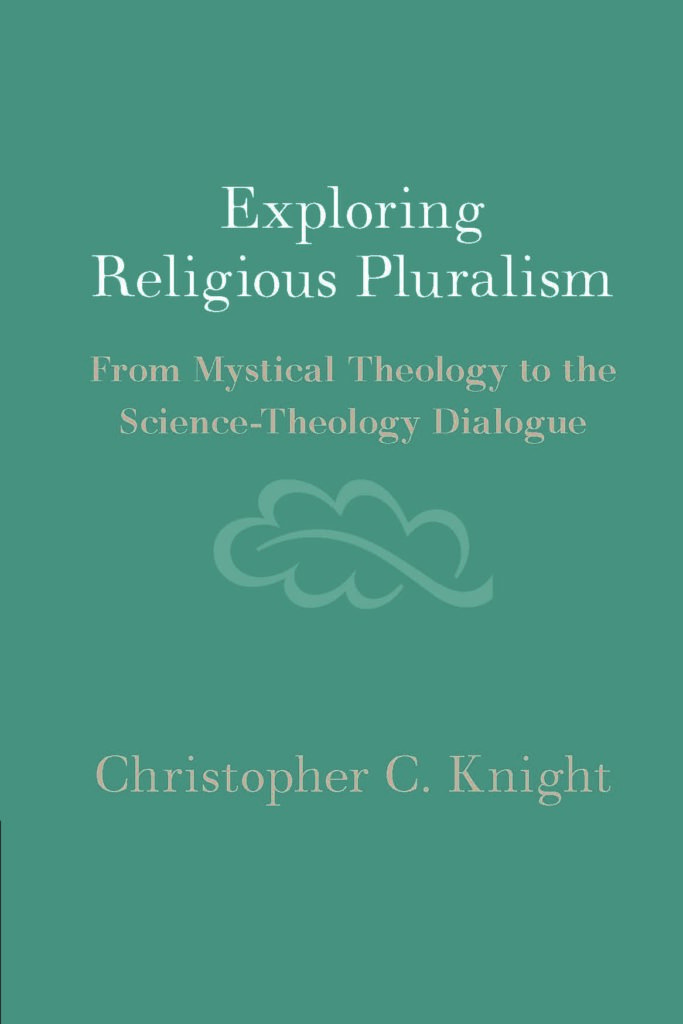
It’s not often that people nowadays invoke an ancient Greek philosophical concept but – without knowing that this is what they’re doing – this is precisely what happens, in certain parts of Britain, when people criticise someone else’s lack of common sense. In Yorkshire, in particular, you’ll still often hear someone voice this kind of criticism by saying, “Ee lad” – or lass, as the case may be – “have a bit of nous.”
This use of the term nous to mean “common sense” does pick up one aspect of what ancient philosophers meant when they used this word, but this was not the main thing that they had in mind. These philosophers were talking primarily about a mental faculty that they believed exists in all of us: a faculty that enables us to perceive intuitively what is true or real. This word nous is often translated into English as intellect, but this translation is misleading because the English term intellect is often now understood as the seat of discursive reasoning. However, the term nous – at least in philosophical usage – refers to something quite different: to an essentially intuitive faculty that enables discernment of what is true or real.
An aspect of the use of this concept by early Christian authors was a sense that the nous should be seen as the organ of a kind of religious contemplation that transcends discursive thinking. Indeed, in many strands of Christian thinking, it was seen as central to the relationship between the human person and God: the point at which the human mind is in some sense in direct contact with the divine mind.
Linked to this understanding was the kind of apophaticism that scholars like Vladimir Lossky present as central to Eastern Christian understanding of theological language. In this “mystical” understanding, there is a strong sense that the terms used in religious language can never circumscribe the realities towards which they point. This understanding is often presented as constituting a “negative theology” that focuses on saying what God is not, rather than on what God is, and this certainly reflects part of its meaning. As Lossky has stressed, however, what it involves is essentially “an attitude of mind which refuses to form concepts about God.”
This understanding has parallels in several non-Christian faith traditions, and among its implications is one that has hitherto largely been ignored. This is the possibility that it provides new ways of analysing attitudes towards faith traditions other than one’s own. What I argue in my new book – Exploring Religious Pluralism: From Mystical Theology to the Science-Theology Dialogue – is that it opens the way to a new understanding of religious pluralism, in which – rather than seeing these other traditions as being, at best, only incomplete or distorted versions of one’s own – the full validity of these other traditions can be affirmed.
In particular, I argue that this “mystical” understanding undermines the assumption that “incompatibilities” between the doctrinal “truth claims” of different faith traditions make pluralism incoherent. Instead, doctrinal frameworks may be seen as something other than as “truth claims” of the abstract kind often assumed by analytic philosophers of religion. They may be seen, instead, as what Lossky calls “images or ideas intended to guide us and fit our faculties for the contemplation of that which passes all understanding.” They may, in other words, be seen as relating to the apprehension of the nous rather than to discursively developed understanding.
For pluralists, this understanding may, I argue, be linked straightforwardly to the well-known “one mountain, many paths to the summit” analogy, in which the various spiritual pathways provided by different faith traditions are seen as beginning from different starting points but ending at the same destination. This analogy points to the way in which – because they start from different cultural “locations” – different spiritual pathways inevitably require different “signposts” as guides. These signposts may be seen as functioning, not primarily at the conscious, discursive level of the mind, but at the deeper, intuitive level that relates to the nous. Their role is – through their use of doctrinal statements in meditative, sacramental or liturgical contexts – to serve as guiding “methods” that are appropriate to the particular contemplative pathways to which they relate.
This understanding exhibits clear links, I observe, to that of the “perennialist” tradition of pluralistic thinking. I point out several reasons why this tradition in its classic form is objectionable but argue that we can develop a “neo-perennialism” that overcomes these objections while retaining classic perennialism’s genuine insights. These insights include a way of seeing, in many faith traditions, a framework in which the human person is seen as composed of three levels of being – spirit, soul and body – the first of which includes precisely the kind of intuitive spiritual intelligence that ancient Christian authors described in terms of the nous. This means, as one of classic perennialism’s developers has said, that true metaphysics “constitutes an immediate, or in other words, intuitive knowledge, as opposed to the discursive and mediate knowledge that belongs to the rational order.”
This “mystical” approach is reflected in the first part of my book’s subtitle. The second part of that subtitle – with its reference to the “science-theology dialogue” – reflects the supporting arguments that I present. Here, the kind of pluralism that arises from “mystical” arguments may, I argue, be strengthened by an account of divine action that differs significantly from the “causal joint” model that has, until very recently, been dominant within that dialogue. In this latter model, there is a clear distinction between the “general divine action” that occurs through the normal operation of the laws of nature and the “special divine action” that is seen as arising from God’s direct “response” to situations in the world. This causal joint model is now increasingly being questioned, however, partly because of Nicholas Saunders’ critique of it and partly because of what Sarah Lane Ritchie calls a “theological turn” in recent discussion of divine action, which has three independent but conceptually linked components arising from different Christian traditions (Orthodox, Catholic, and Protestant Pentecostal). This conceptual linkage arises from the way in which, in all three, the causal joint model’s distinction between “special” and “general” modes of divine action is blurred or even abolished.
A second aspect of the science-theology dialogue that I use is the recent focus, within the psychology of religion, on a “dual-process” understanding of human cognition. In this understanding – sometimes expressed in terms of the different functions of the two hemispheres of the human brain – two cognitive modes are distinguished: a phylogenetically older system that is largely intuitive and a later, more distinctively human system that is more rational and articulate. The scientific basis of this kind of two-mode understanding represents something of great importance that is too often ignored in the field of religious studies: a revived recognition of a universal aspect of human religiosity. These two modes of mental functioning may legitimately be related, I argue, to the distinction between early “imagistic” (or “shamanistic”) and later “doctrinal” developments in humanity’s religious apprehension, so that evolutionary perspectives become important in our understanding of the history of human religiosity and of the faith traditions to which that religiosity has given rise.
As I put it in the introductory chapter of Exploring Religious Pluralism, the arguments that I present in that book “arise from two strands of theological thinking that … are rarely, if ever, taken into account in discussions of religious pluralism. The first of these strands is a ‘mystical’ way of understanding the nature of the theological task, which is characteristic of an important component of Eastern Orthodox thinking but is by no means limited to that thinking. The second is the science-theology dialogue as it has developed over the last half century … For many who are familiar with current discussions of religious pluralism, these two sets of insights may seem somewhat peripheral to the mainstream debate on this topic. This peripherality is, however, something that is an advantage rather than otherwise. As those familiar with the present state of debate about religious pluralism will know, this debate – because of its narrow focus on philosophical issues and scriptural exegesis – is in danger, not only of becoming stale, but of spluttering to a halt in a situation of stalemate. The perspectives that I offer can, in my judgment, change this situation in a significant way by providing a new and refreshing context for exploration.”

Latest Comments
Have your say!